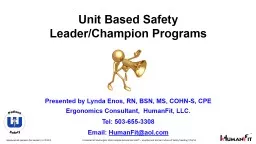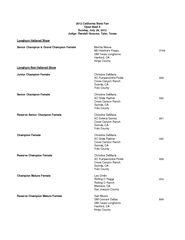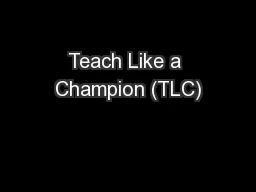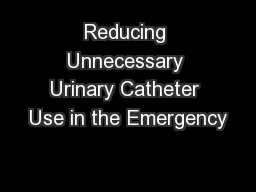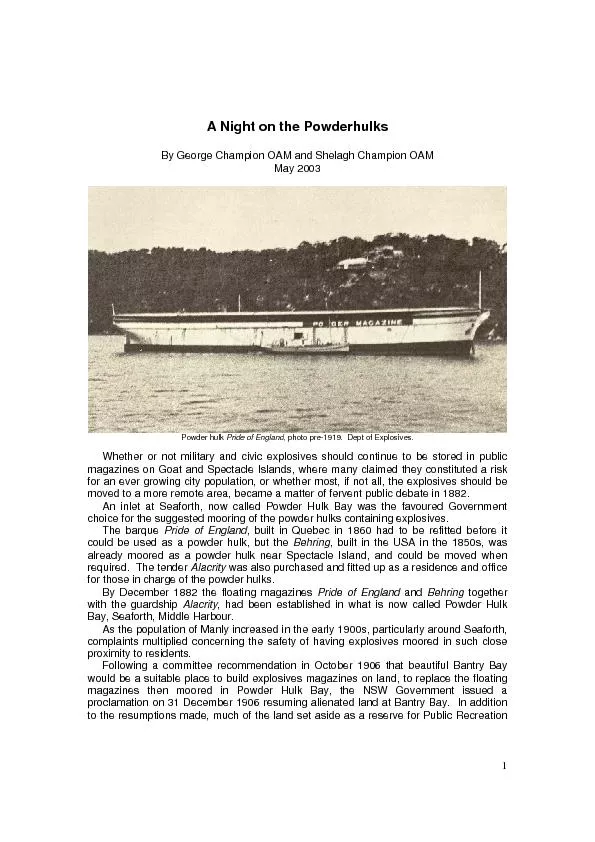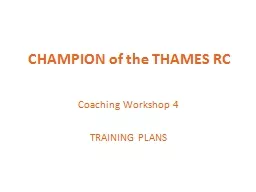PPT-Unit Based Safety Leader/Champion Programs
Author : sherrill-nordquist | Published Date : 2016-09-04
Presented by Lynda Enos RN BSN MS COHNS CPE Ergonomics Consultant HumanFit LLC Tel 5036553308 Email HumanFitaolcom Presented at Washington State Hospital Association
Presentation Embed Code
Download Presentation
Download Presentation The PPT/PDF document "Unit Based Safety Leader/Champion Progra..." is the property of its rightful owner. Permission is granted to download and print the materials on this website for personal, non-commercial use only, and to display it on your personal computer provided you do not modify the materials and that you retain all copyright notices contained in the materials. By downloading content from our website, you accept the terms of this agreement.
Unit Based Safety Leader/Champion Programs: Transcript
Download Rules Of Document
"Unit Based Safety Leader/Champion Programs"The content belongs to its owner. You may download and print it for personal use, without modification, and keep all copyright notices. By downloading, you agree to these terms.
Related Documents

